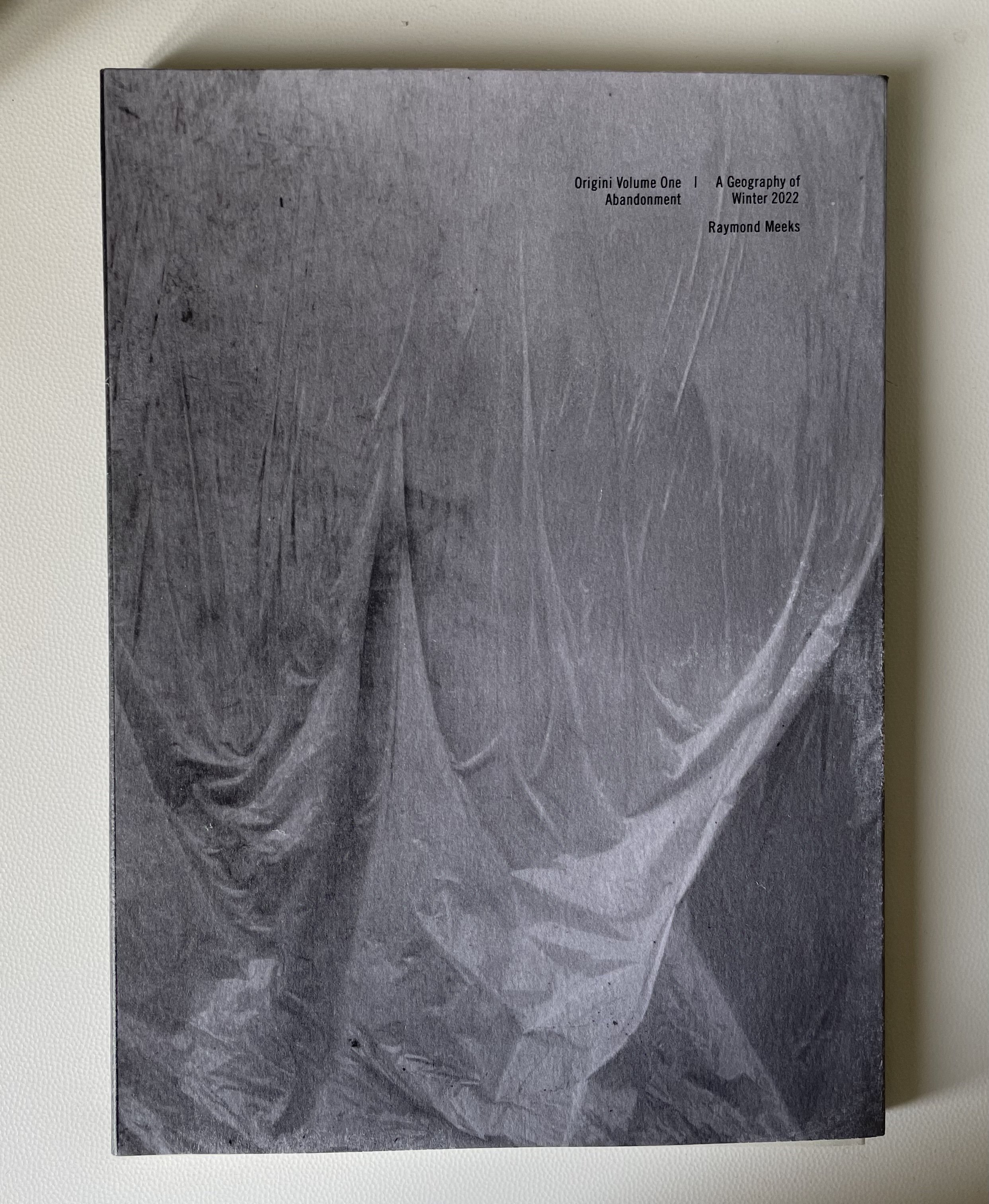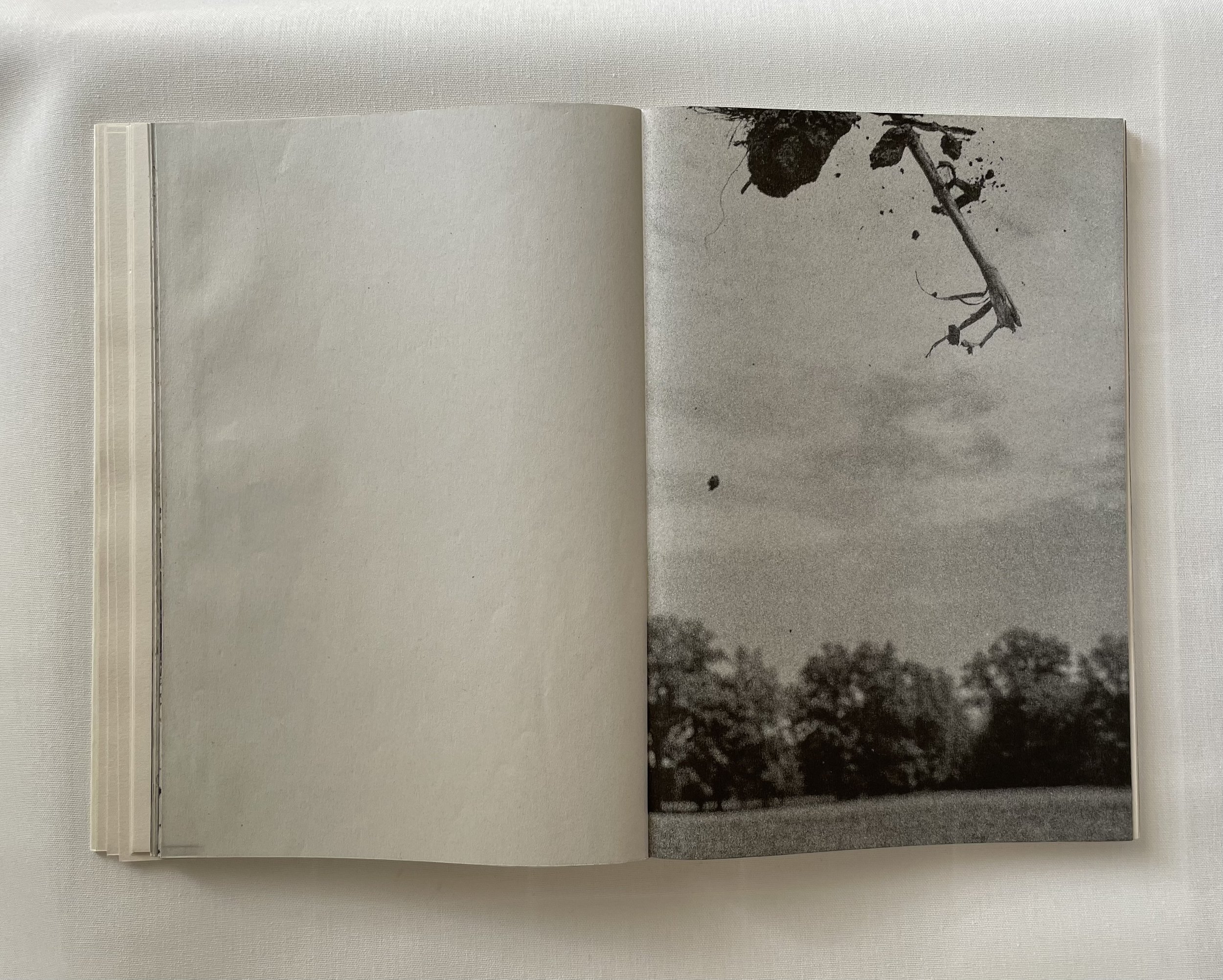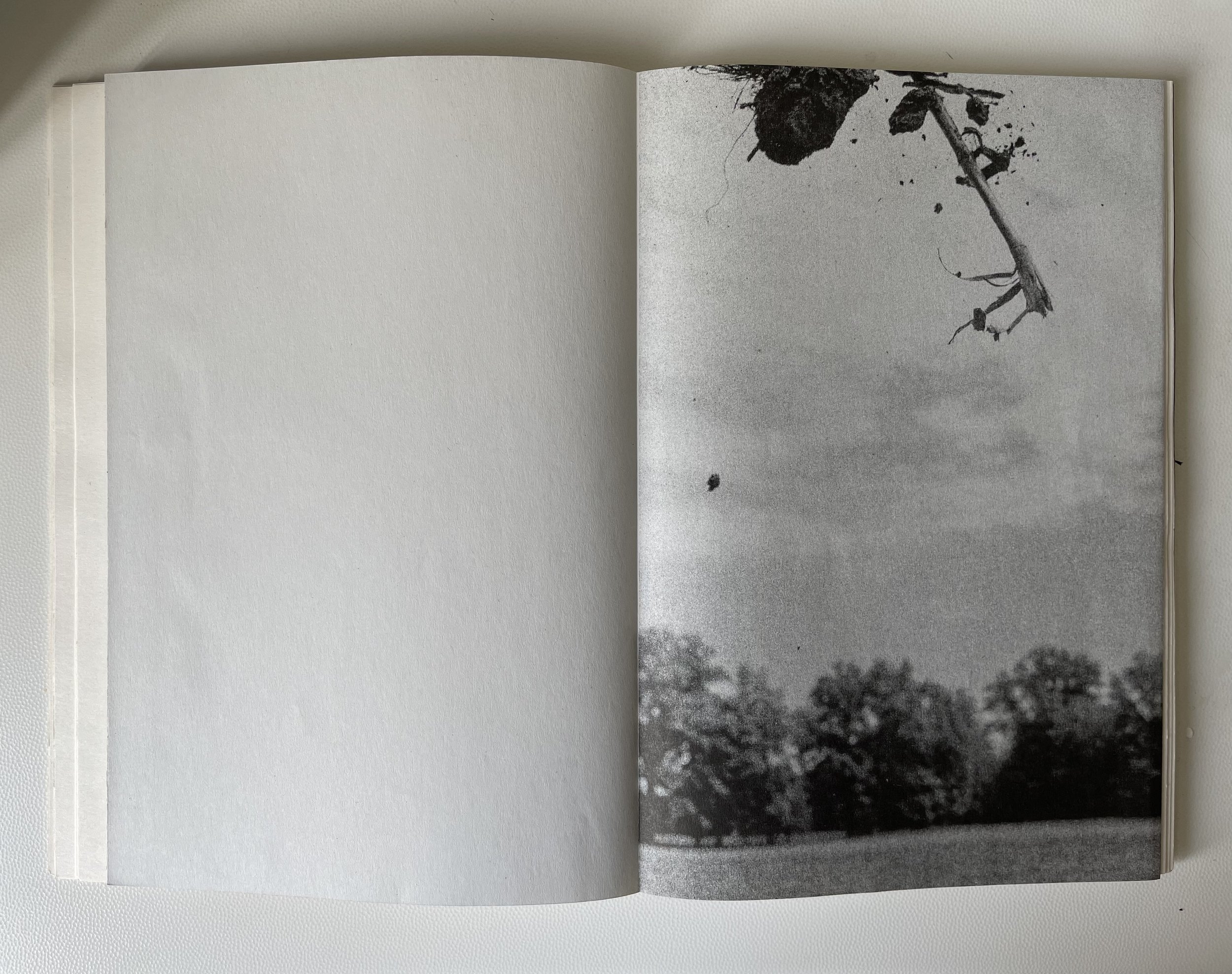Raymond Meeks: A Geography of Abandonment
In Geography of Abandonment, Raymond Meeks explores the elastic nature and meaning of home and place. Place to become, dwell within, leave and return to. “Place” imbued with memory, present reality, as well as the unknowns posed by the future. Meeks reveals his fascination with the ritualistic processes that inform notions of transcendence and grief. Our departures from home as a necessary abandoning while finding our way in the world, being returned to the emptiness of pure existence.
Meeks’ work is informed by a constant recalibration between inner and outer world, the canny and the uncanny, the particular and the universal. In his hands, the camera is an instrument that dissects ritual and renders form, briefly making the world around us comprehensible, and rendering us comprehensible to ourselves.
His personal and professional relationship with the photographer Adrianna Ault has been a primary source of inspiration and collaboration for Meeks over the years. Both artists struggle with the notion of personal meaning, especially as the years pass, children leave, and their own relationship with each other shifts and evolves. Meeks watches his partner, and poetically observes:
She seems to be expecting something, some form she could take possession of.
A borrowed form, perhaps, one that could express the real pain inside.
An absolute breaking and repurposing of truth.
A place where truth could be gotten at, but also where truth could be defended.A burning experience of molding herself.
A sudden glimpse of her own being.
His photographs of Ault, and the photographs they have made together, convey a restlessness astir within the quotidian, a condition manifest in his work, and the experimental nature of his photographic approach and processes.
Photos, design and text by Raymond Meeks.
Handmade realization by Origini edizioni.
250 copies numbered and signed.
105 pages, 37 photos 4 colours and 36 photos b/w.
Closed book dimensions: 18x26 cm.
Handmade filo-refe binding.
An handmade leporello Risograph printed inside the book. Photos by Adrianna Ault. Printing and handmade realization by Concretipo Firenze.
Papers: Musa Burgo 95 gr, Steinbeis Classic White 80 gr, Carta Assorbente Favini 370 gr, Biancoflash Ivory Favini 300 gr.






































